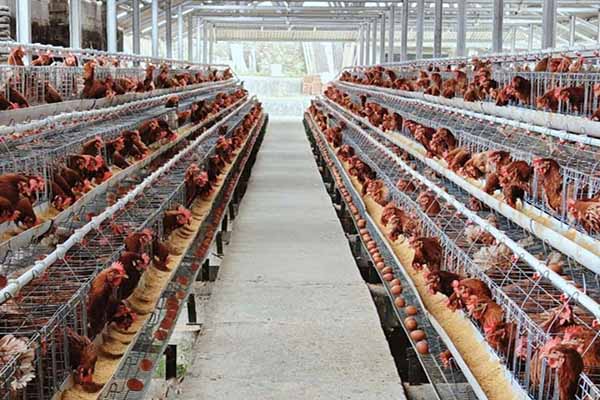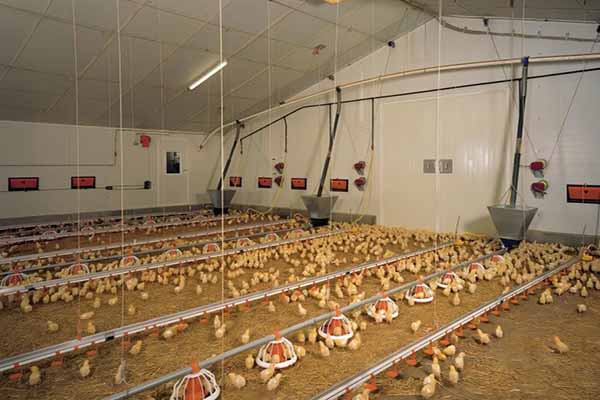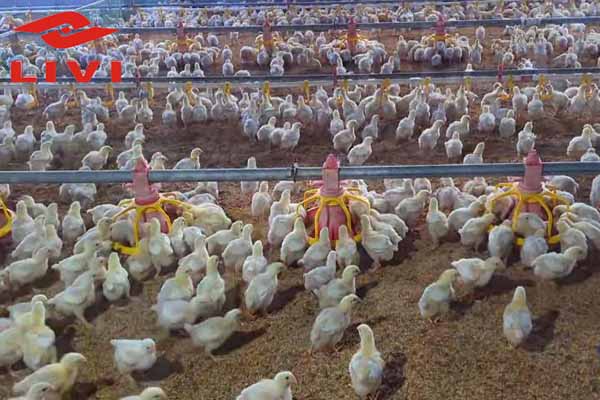Battery Cage Systems for Sustainable Poultry Farms: A Comprehensive Guide
Understanding the Battery Cage System
Battery cages are a common housing system used in commercial poultry farming. These systems are designed to maximize space efficiency and ensure the health and welfare of the birds. However, with the growing demand for sustainable farming practices, traditional battery cages have come under scrutiny.
According to the World Poultry Science Association, battery cages can house up to 10,000 birds per square meter. While this high density provides economic benefits, it raises concerns about animal welfare and environmental sustainability.

Transitioning to Sustainable Battery Cages
To address these concerns, sustainable battery cage designs have emerged. These systems aim to reduce the negative impact on animal welfare and the environment while maintaining economic viability.
- Improved Airflow: Sustainable battery cages are designed with better ventilation to ensure a healthier environment for the birds.
- Environmentally Friendly Materials: The use of eco-friendly materials in construction helps reduce the carbon footprint.
- Increased Space: These cages provide more space per bird, which can lead to better growth and egg production.
For instance, a study by the University of Alberta found that increasing the space in battery cages by 20% can improve bird welfare significantly.

Benefits of Sustainable Battery Cages
| Benefit | Description |
|---|---|
| Animal Welfare | Reduced stress and improved health for the birds. |
| Environmental Sustainability | Lower carbon emissions and reduced waste. |
| Economic Viability | Cost-effective and efficient in terms of space and resource usage. |
Implementation and Maintenance
Implementing sustainable battery cage systems requires careful planning and consideration. Here are some key factors to consider:
- Site Selection: Choose a location that allows for proper ventilation and waste management.
- Material Selection: Opt for eco-friendly materials to minimize environmental impact.
- Regular Maintenance: Ensure regular checks and maintenance to keep the system running smoothly.
Conclusion
The transition to sustainable battery cage systems is crucial for the future of poultry farming. By adopting these systems, farms can improve animal welfare, reduce their environmental footprint, and maintain economic viability.
Are you ready to make the switch to sustainable farming practices? Contact us today for a free chicken farming design and equipment quote from LIVI Machinery. Our team of experts is here to help you every step of the way.





